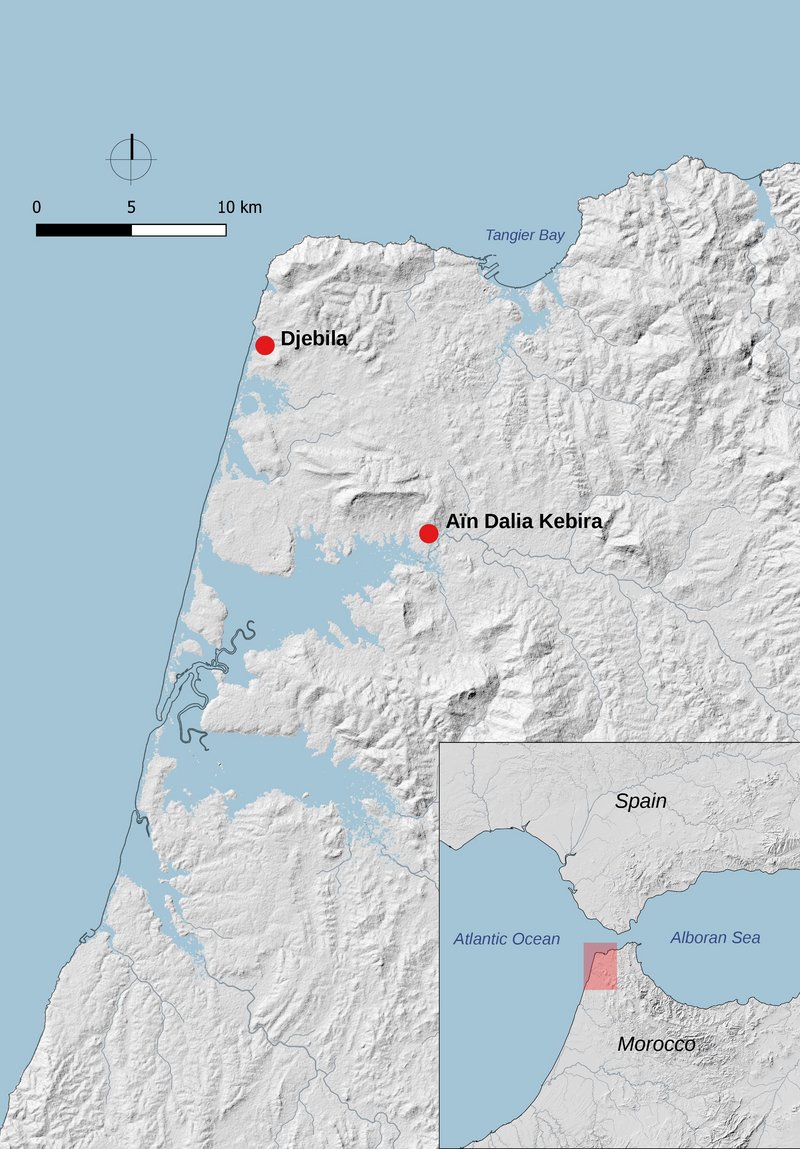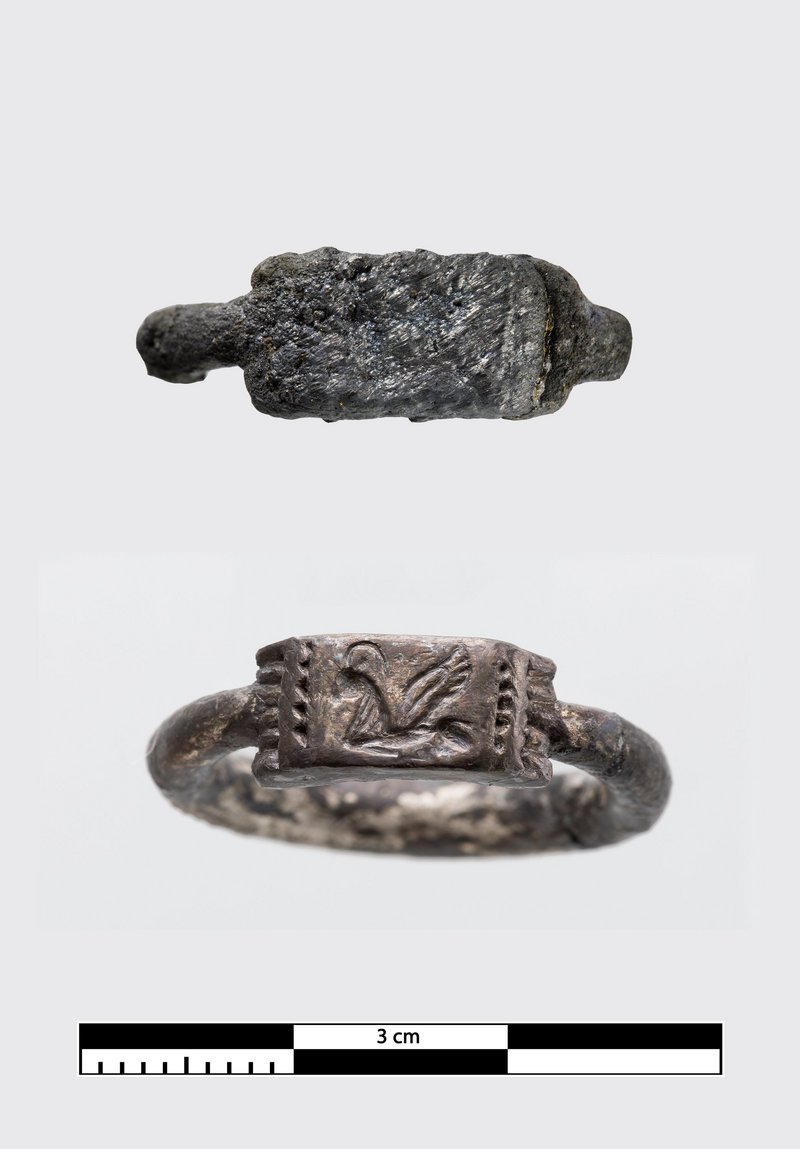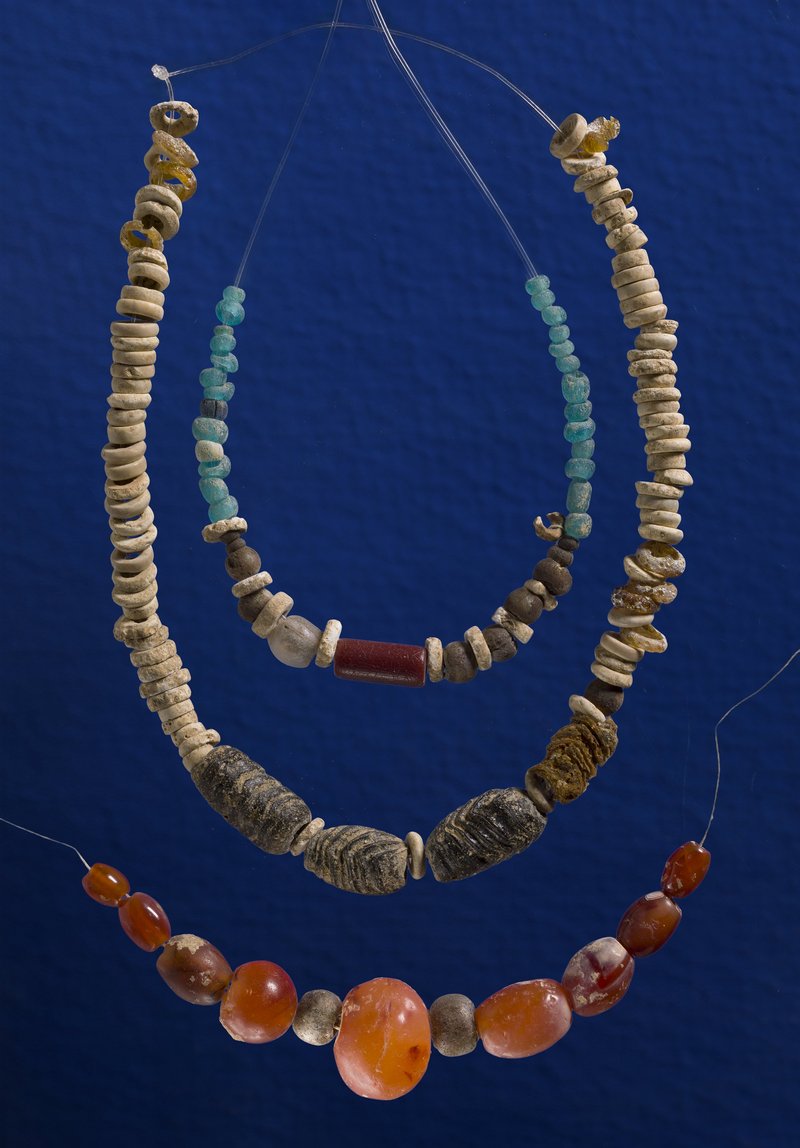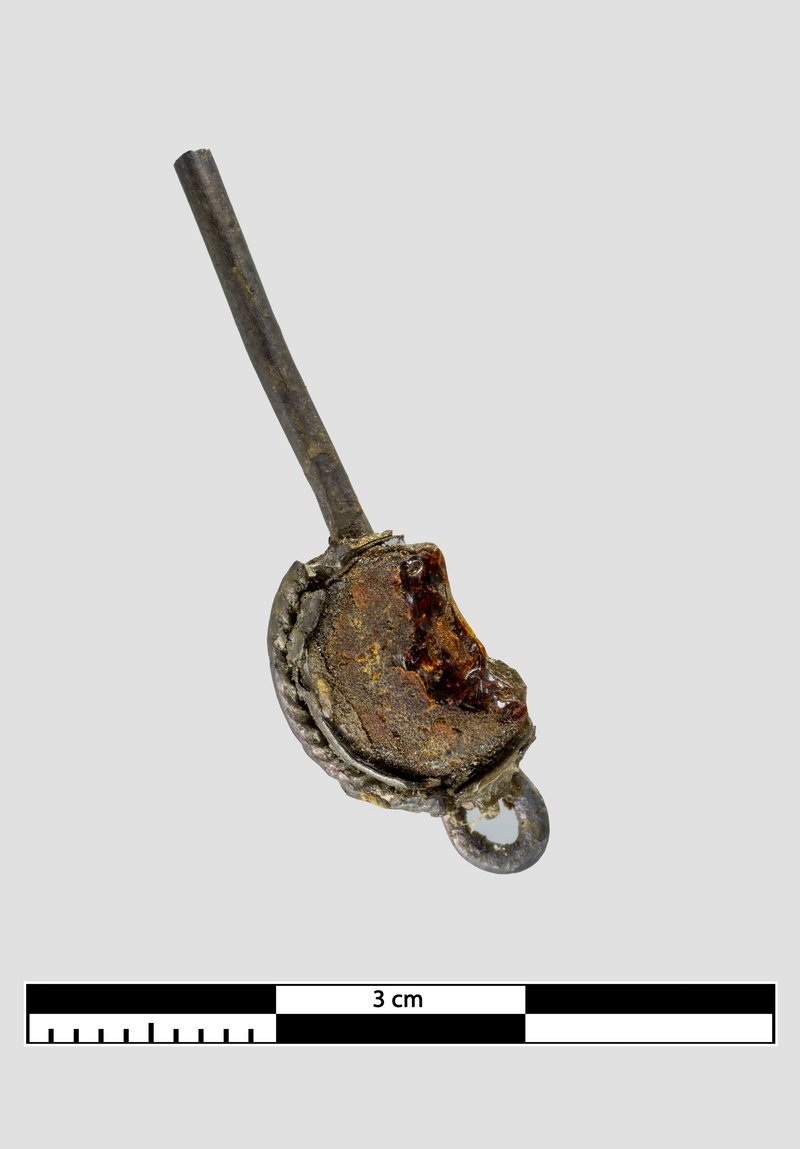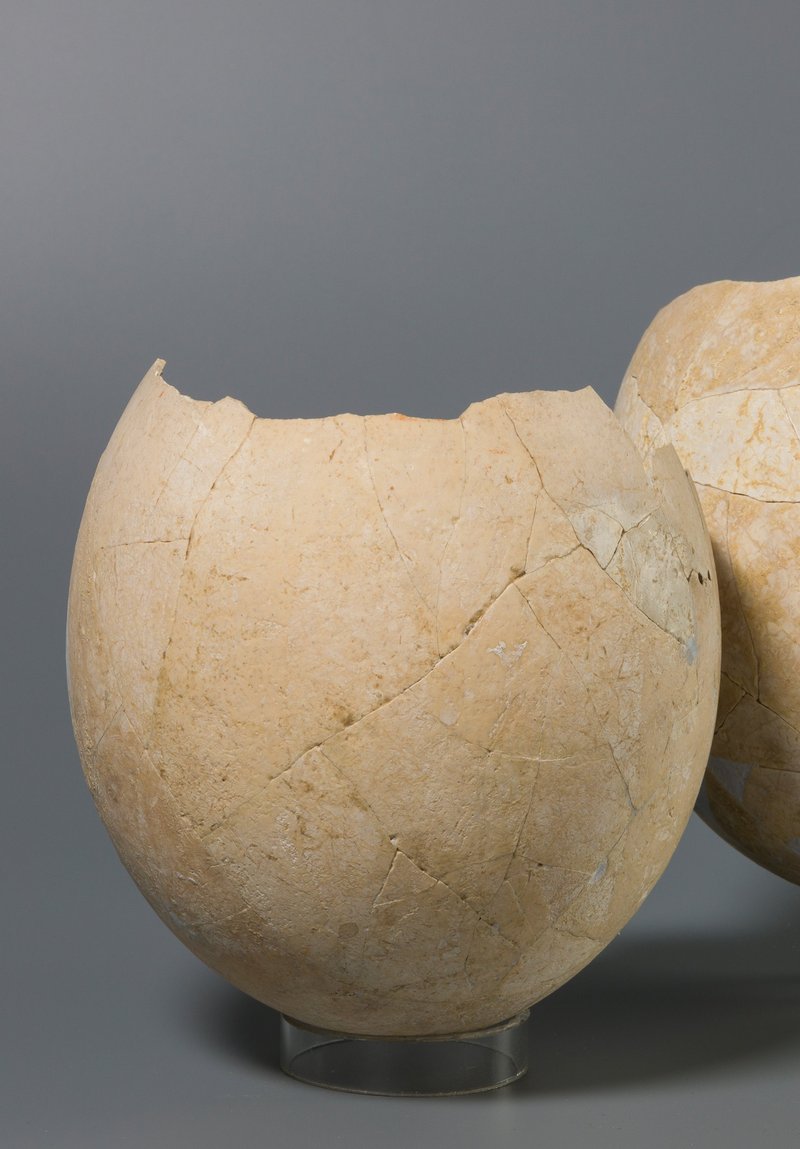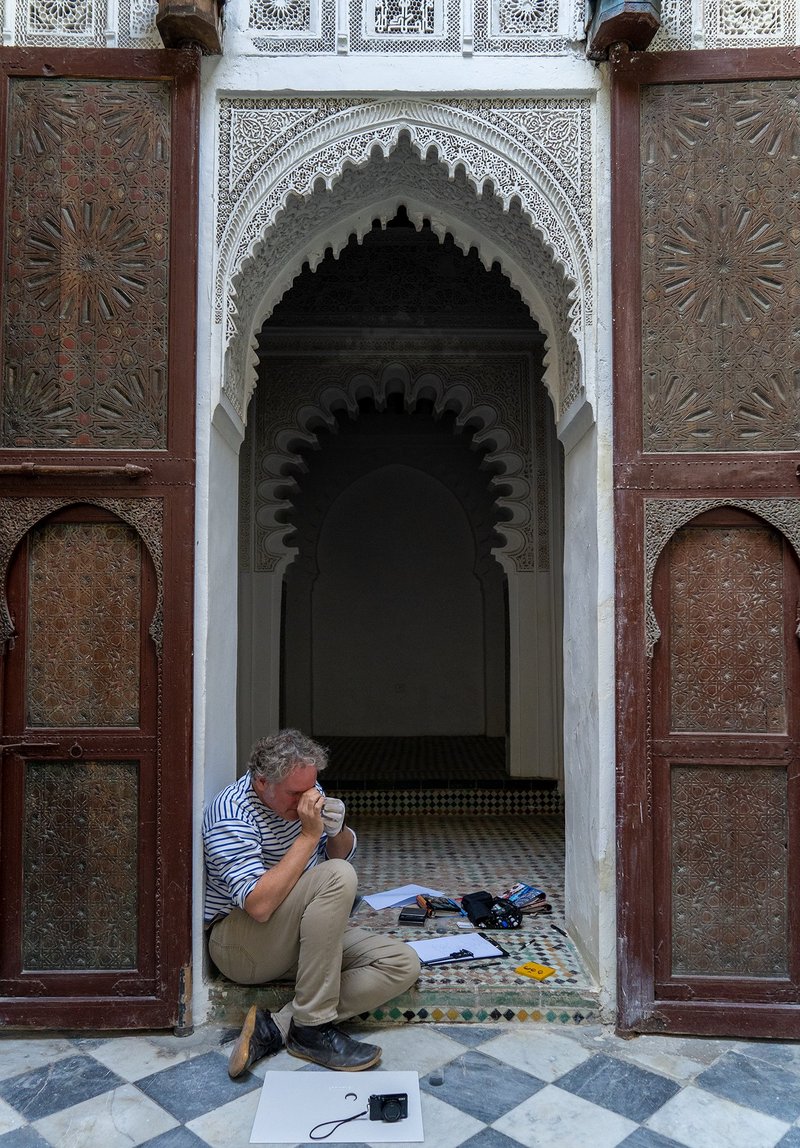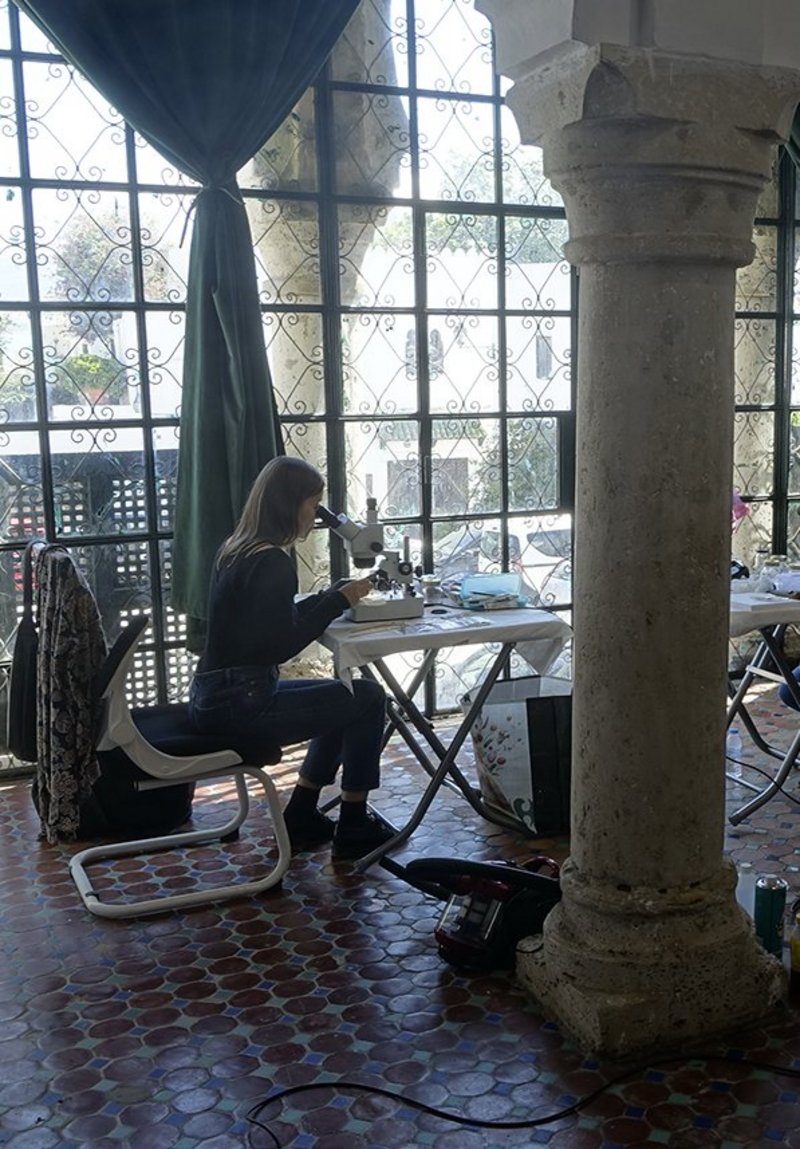Überblick
The two Phoenician-Punic necropolises of Djebila and Aïn Dalia Kebira are located in Morocco at the northwesternmost edge of Africa, beyond the Pillars of Heracles. Both sites are situated about 10-15 km southwest of Tangier, which was already one of the hotspots in the Mediterranean trade network in ancient times.
Michel Ponsich, the excavator of these necropolises, initially dated these two sites to the 8th – 5th century BCE, but later narrowed the period down to the 7th – 5th century BCE. The boundary between the Phoenician and Punic periods in the western Mediterranean is generally placed around the middle of the 6th century BCE. This means that influences from both the Levant and Carthage are conceivable. As these are the only major, wellstudied necropolises of this type north of the Atlas Mountains, it seemed worthwhile to take a closer look at this material.
In autumn 2023, a collaboration with the Musée la Kasbah des Cultures Méditerranéennes in Tangier, the Fondation National des Musées, the Universidad Autónoma de Madrid and the University of Applied Sciences (HTW) Berlin began to process the material from both necropolises. Above all, it is an important task to preserve the objects as Morocco's cultural heritage through restoration work. In addition, modern analytical methods play an important role in the reprocessing of the finds.
